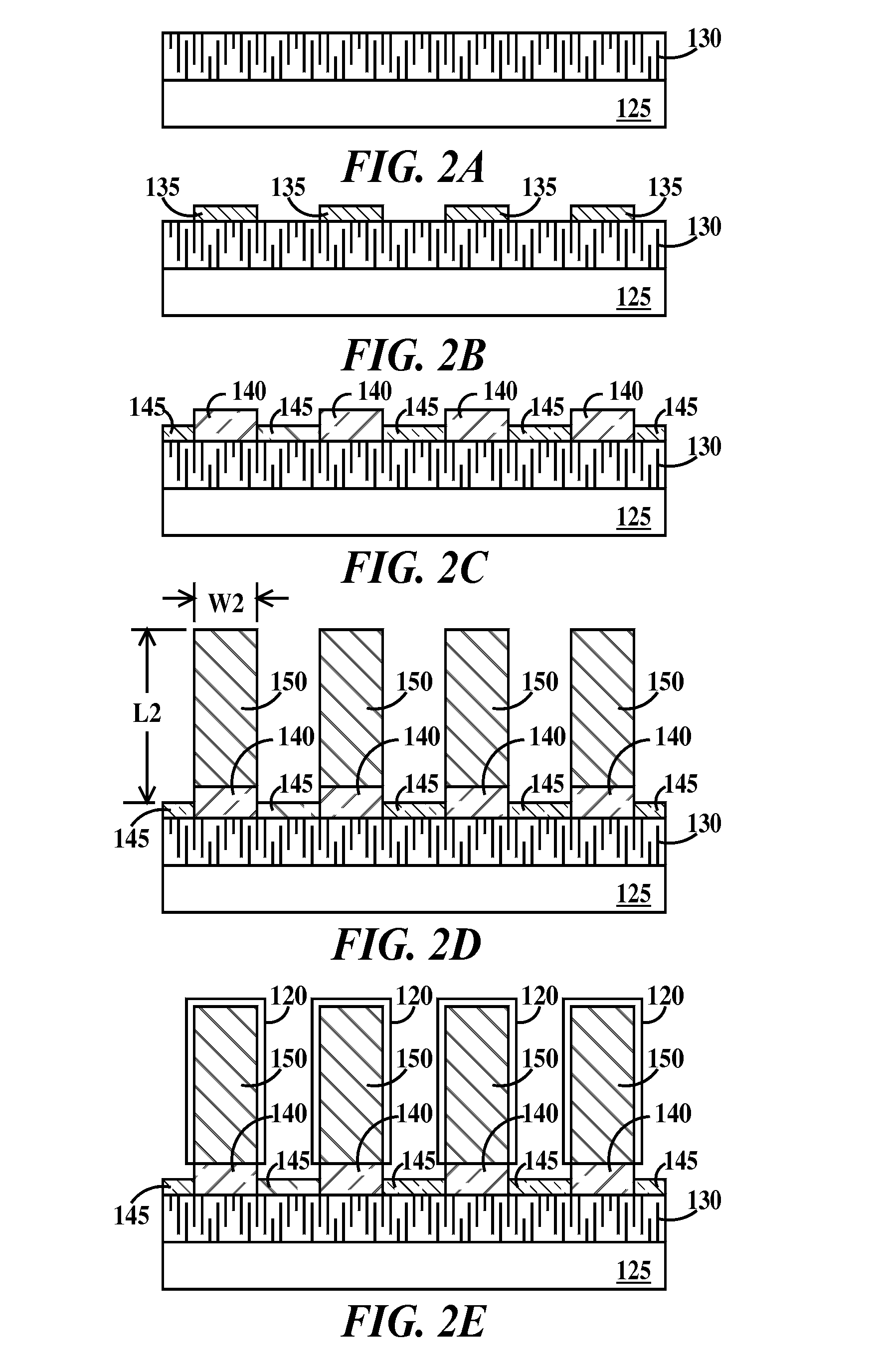Chemical and particulate filters containing chemically modified carbon nanotube structures
a carbon nanotube and structure technology, applied in the field of chemical and particulate filters, can solve the problems of degrading alignment tolerances, photoresist defects, and conventional filters are unable to remove much of these airborne molecules
- Summary
- Abstract
- Description
- Claims
- Application Information
AI Technical Summary
Benefits of technology
Problems solved by technology
Method used
Image
Examples
Embodiment Construction
[0027]Carbon nanotubes are more correctly called carbon fullerenes, which are closed-cage molecules composed of sp2-hybridized carbon atoms arranged in hexagons and pentagons. There are two types of carbon fullerenes, namely closed spheroid cage fullerenes also called “bucky balls” and fullerene tubes. Fullerene tubes come in two types, single wall fullerenes tubes, which are hollow tube like structures or and multi-wall fullerene tubes. Multi-wall fullerenes resemble sets of concentric cylinders. The present invention utilizes single-wall carbon fullerenes, hereinafter called single-wall nanotubes (SWNT) and multi-wall carbon fullerenes, hereafter called multi-wall nanotubes (MWNT). For the purposes of the present invention, the term carbon nanotube (CNT) denotes either a carbon SWNT or a carbon MWNT.
[0028]The term chemically active nanotube filter refers to a filter containing carbon nanotubes having a chemically active layer as a filter media or carbon nanotubes having chemically...
PUM
| Property | Measurement | Unit |
|---|---|---|
| Flow rate | aaaaa | aaaaa |
| Efficiency | aaaaa | aaaaa |
Abstract
Description
Claims
Application Information
 Login to View More
Login to View More - R&D
- Intellectual Property
- Life Sciences
- Materials
- Tech Scout
- Unparalleled Data Quality
- Higher Quality Content
- 60% Fewer Hallucinations
Browse by: Latest US Patents, China's latest patents, Technical Efficacy Thesaurus, Application Domain, Technology Topic, Popular Technical Reports.
© 2025 PatSnap. All rights reserved.Legal|Privacy policy|Modern Slavery Act Transparency Statement|Sitemap|About US| Contact US: help@patsnap.com



